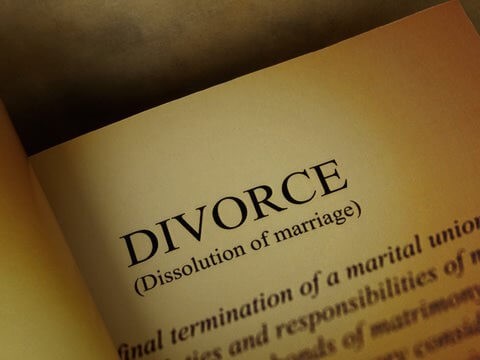The Right Divorce Lawyer
When 2 individuals get divorced, they are likely to experience a variety of emotional and mental costs. These costs can be financial, legal, or relational. In this section, we will check out the current trends and statistics of divorce in the US, along with go over a few of the ramifications that this has for people and families.
According to current data, there are now over 50 million divorces in the United States alone. This represents an incredible 50% increase since 1990. The financial cost of divorce is also significant-- it has been approximated that the average American household spends $125,000 on their divorce process. This money can be spent on lawyers' fees, settlement negotiations, and other associated costs.
There are likewise emotional and psychological costs associated with divorce. One research study discovered that people who have actually been through a divorce experience increased levels of anxiety and depression for as much as six months after their split. Additionally, they report lower levels of self-confidence and complete satisfaction with life overall than those who have not experienced a divorce. These impacts can last long after the initial stages of separation have actually ended.
Fortunately, there are different ways to handle dispute and separation effectively. For example, couples might gain from looking for mediation or counseling before declaring divorce to minimize tension and prepare for the process ahead. In addition to external support systems such as buddies or relative, numerous individuals find convenience in accessing legal professionals throughout tough times such as a separation or child custody disagreement. By enlisting help from a knowledgeable lawyer or counselor early on at the same time, you may be able to reduce stress factors and reduce your financial direct exposure throughout this time period.
Overall, it is important for people impacted by divorce to interact with one another openly and truthfully throughout the entire procedure so that all parties feel understood and supported.




